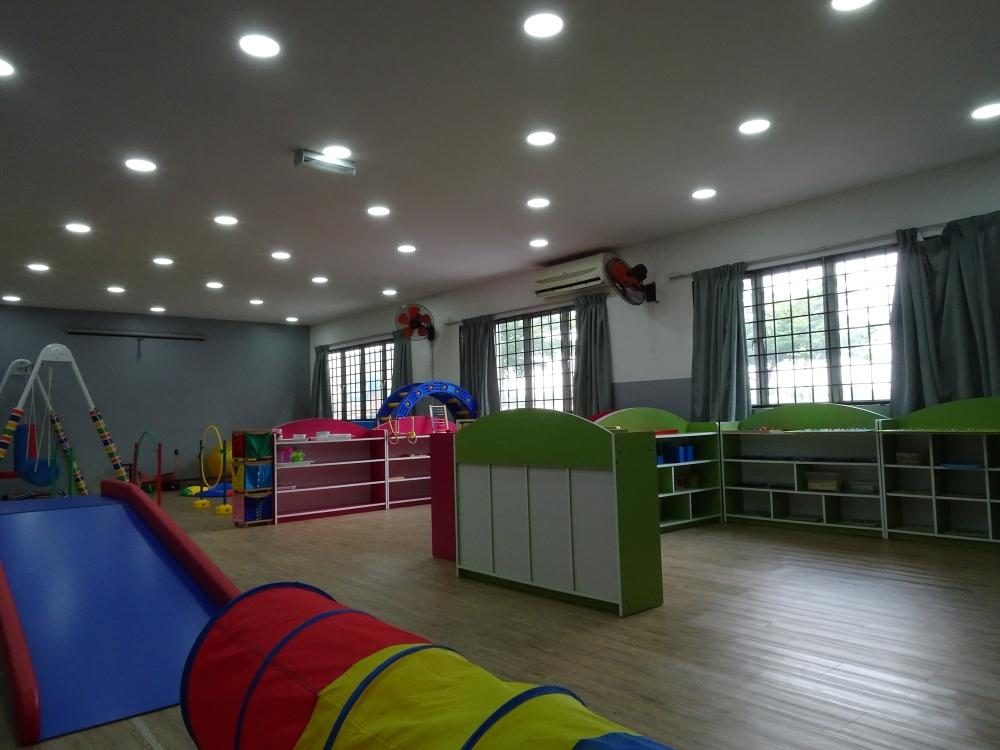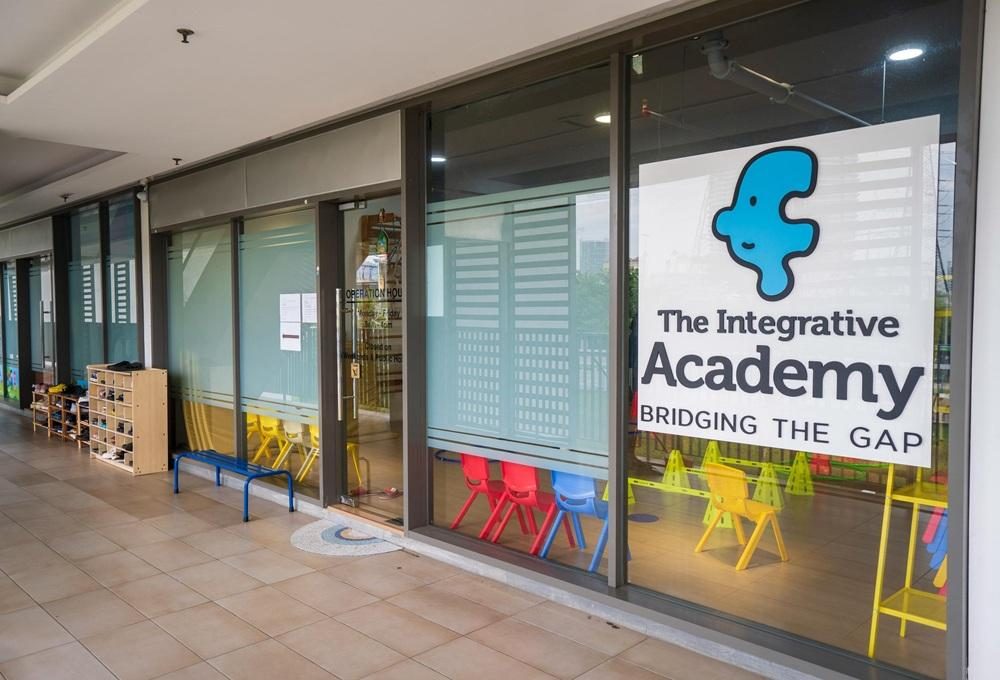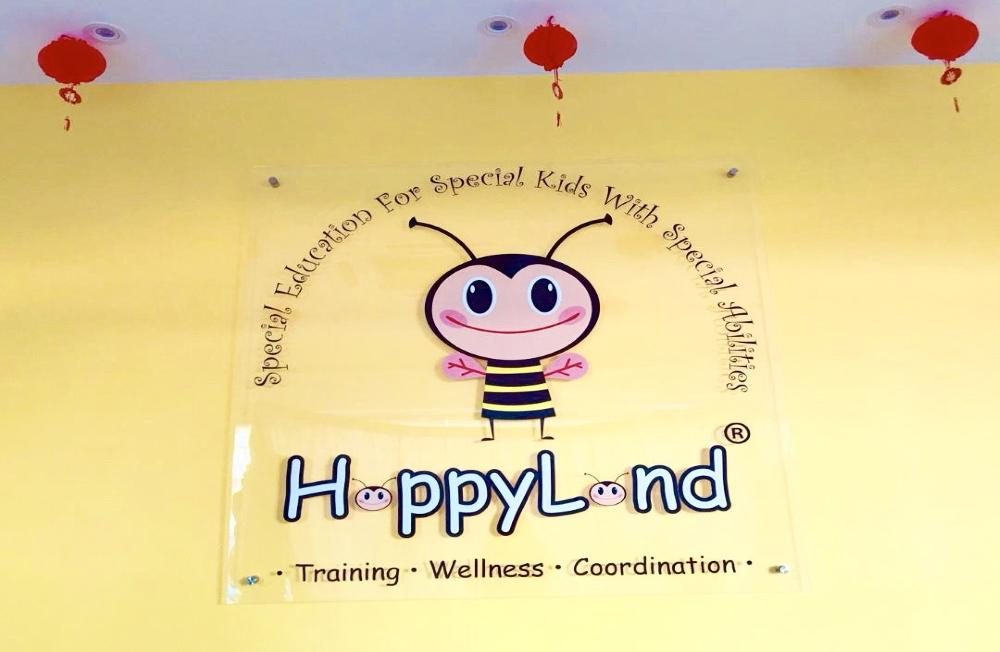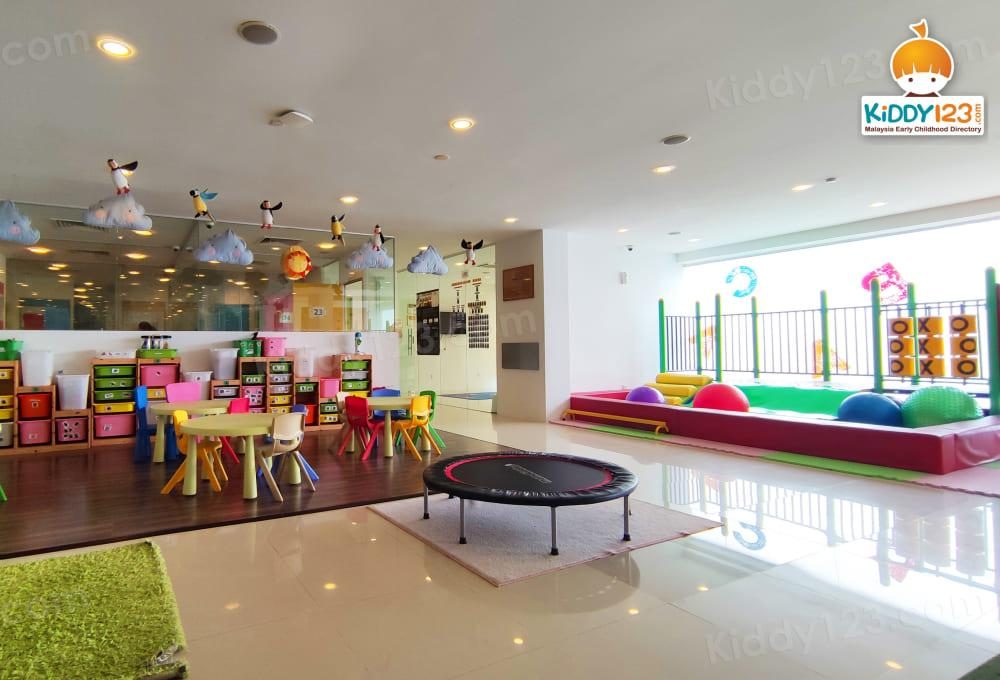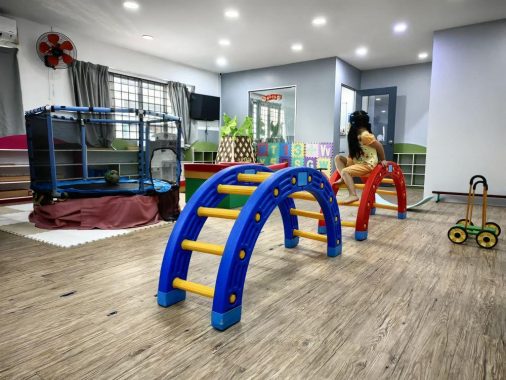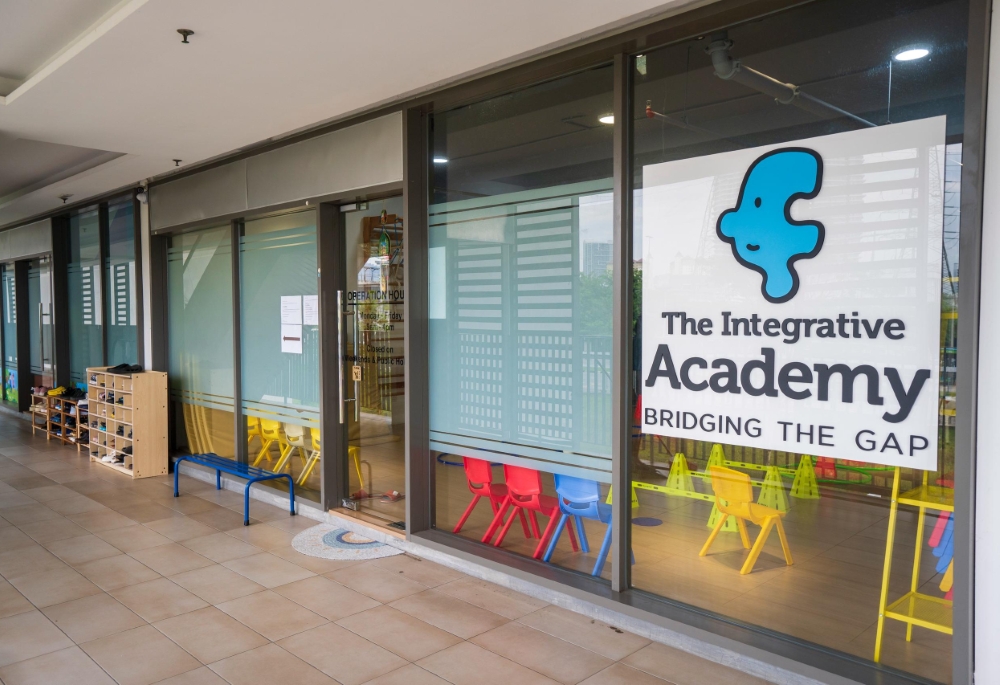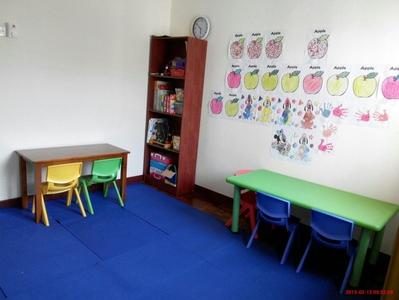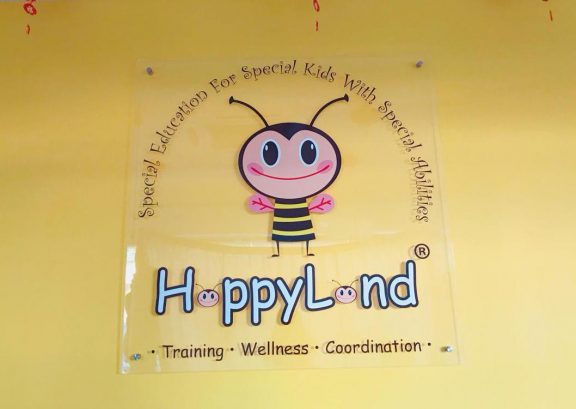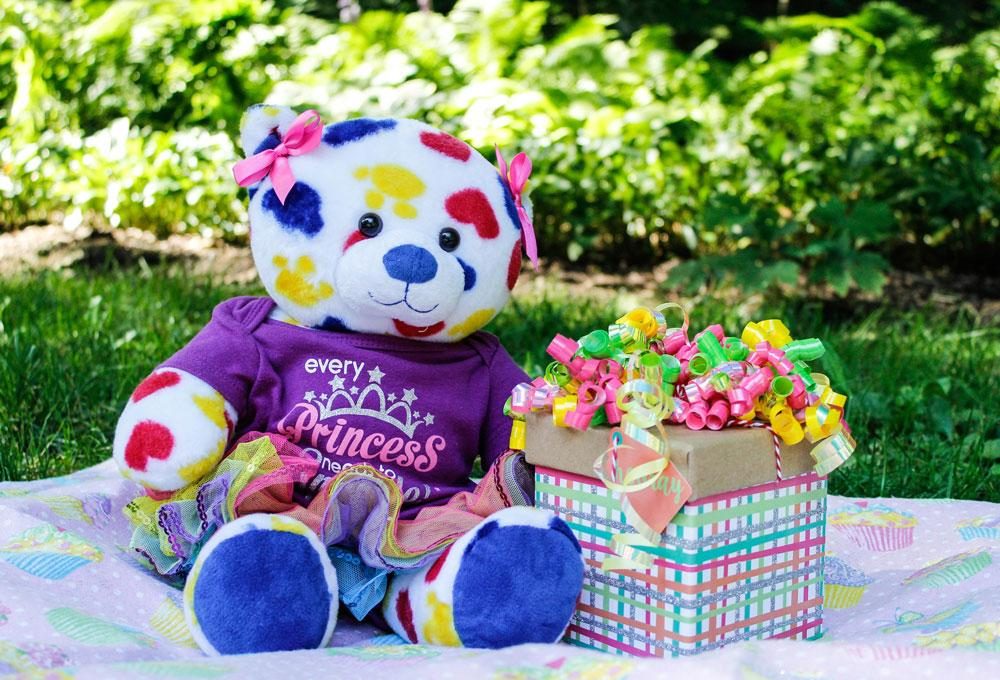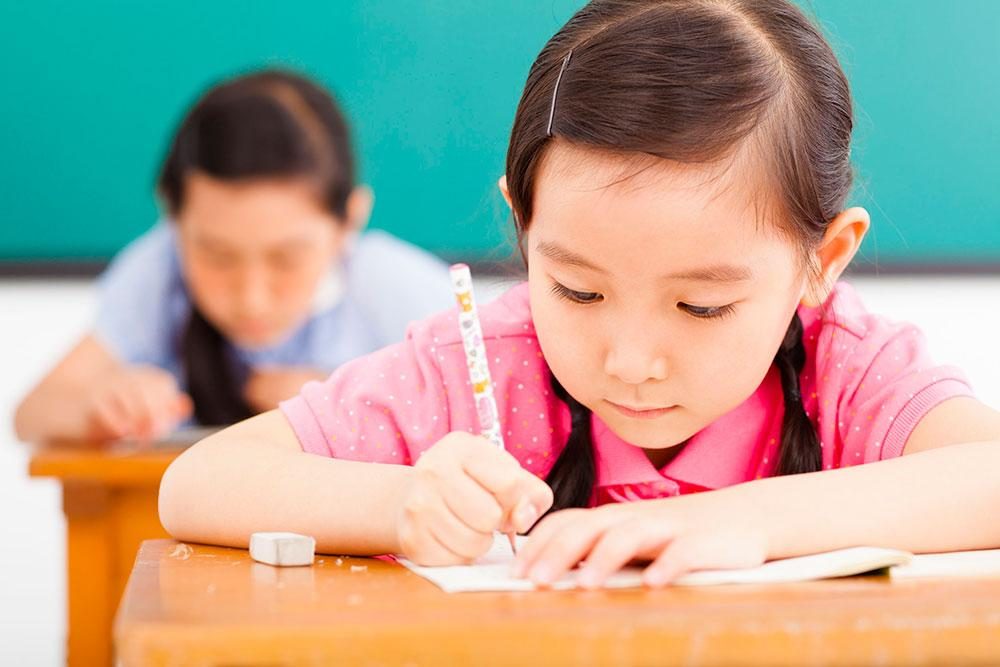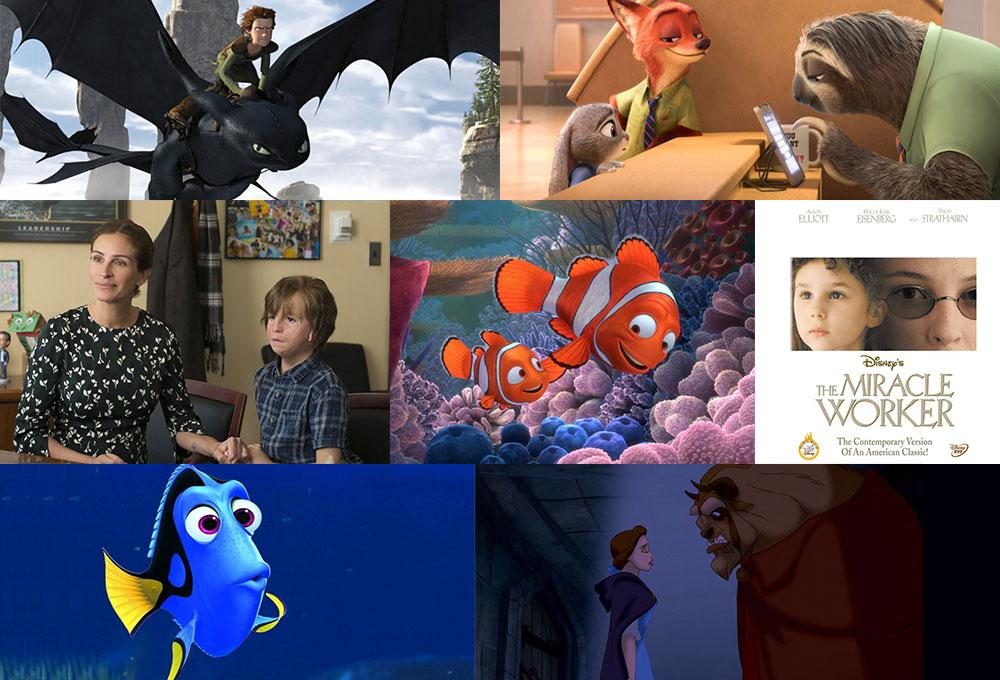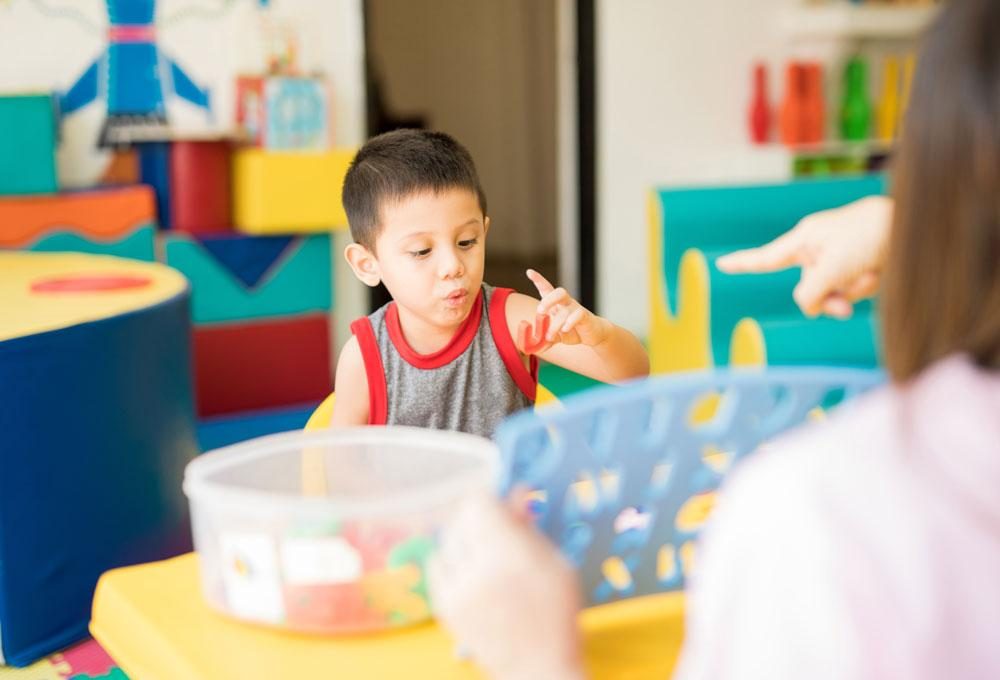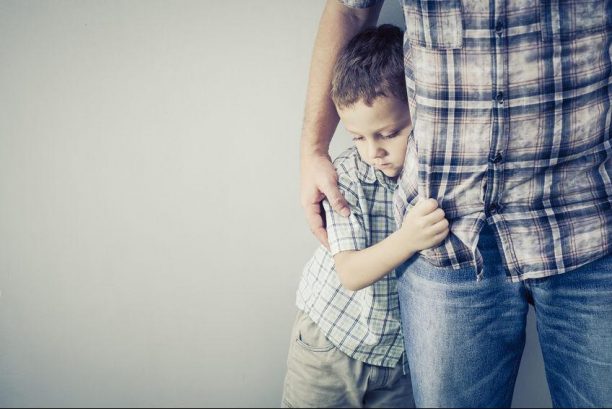What Are Social Stories? | A Teaching Tool for Kids with Autism
by on 05/07/2025 ...
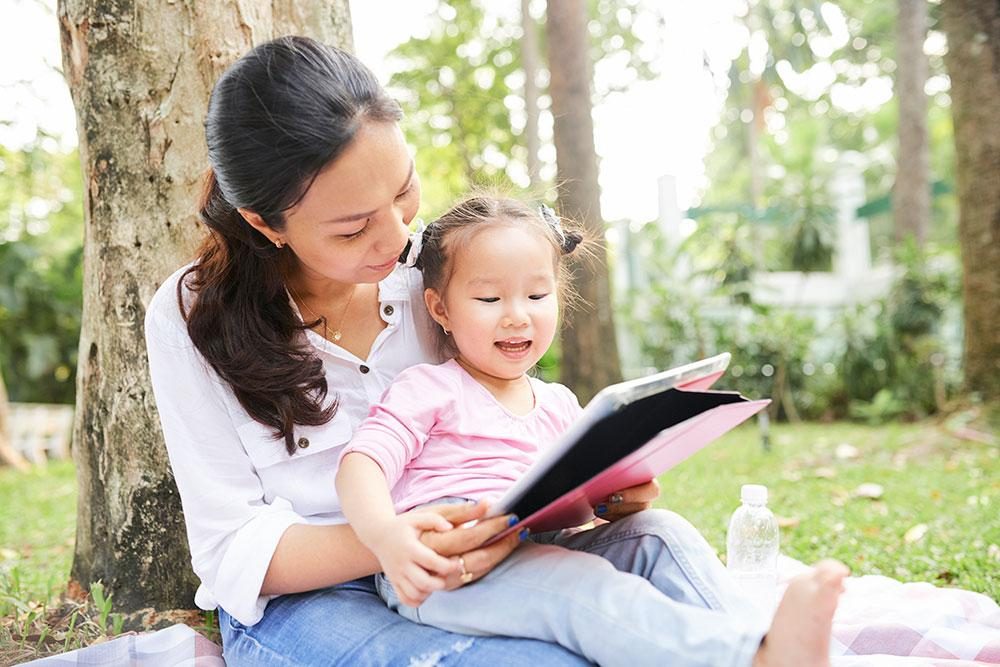
In 1991, an educator named Carol Gray created something called ‘Social Stories’.
A social story is a simple, short description (or story) about what happens in a particular activity or event. It must be meaningful.
It teaches children with autism how to behave in a given situation, since those with the condition often struggle to understand social dynamics and do not know what is expected of them.
How Social Stories Are Useful

Image: An example of a social story for dealing with feelings of anger
Social stories can be used in a few different ways and tweaked to meet the needs of your child.
Here are some of its main uses:
- Allows child to see the perspective of others in a given situation and develops empathy (e.g., how mummy might feel if I pinch her)
- Helps teach child a routine (e.g., how to get ready for school in the morning)
- Gives child clear instructions on how to behave in a specific situation
- Prepares child for possible things to expect in a new scenario, thus limiting unwanted surprises or anxiety (e.g., what you will see at the supermarket or hairdresser’s)
- Helps to address specific behavioural problems (e.g., scratching or screaming)
Below are a few extra benefits to using this tool:
- Helps develop literacy as you and your child will read the story together, which often has words and pictures
- Helps with memory as there is a concrete story he can see, and it can be read over and over
- Helps with understanding emotions as stories will often deal with them
- Helps you bond and relate to your child as you talk about his challenges
How to Write One

Image: A social story showing how to behave appropriately at the playground
Social stories are usually written by teachers or therapists, but parents can also try writing their own at home, to use with their kids.
An effective social story should:
- Have an objective– It needs to target an intended behaviour
- Be meaningful to the child– It should be realistic, relevant and interesting to the child
- Be descriptive– It should include specifics on where, how and why something happens
- Use positive language– Try to keep words simple, while being encouraging
Social stories typically use short sentences accompanied by images. Below are some sentence types used in social stories:
-
Descriptive sentences– Factual and does not include opinions or assumptions.
Example: “People get their hair cut at the hairdresser’s.”

-
Directive sentences– Gives child a suggestion on how to act or respond in a situation. It should be written in a supportive, gentle way.
Example: “I will work on sitting calmly on the chair until the hair cut is finished.”
-
Perspective sentences– Provides a description of another person’s feelings, beliefs or internal states.
Example: “My mummy feels sad when I am upset.”
-
Affirmative sentences– Used to emphasize and support the importance of a point.
Example: “I will try not to throw my toys when I am angry. It is really important to not hurt other people.”
-
Partial sentences– Incomplete sentences that are used to get the child to think about what an ideal response should be.
Example: “My friends would probably feel _____ if I take their food without asking.”
Do consult your child’s teacher or therapist if you need guidance or assistance with your child.
If you’d like to read about another parent’s real-life journey in understanding autism, click here.
Contact: Autism Behavioral Center (ABC), Bangsar, Kuala Lumpur

















